Haunting image as major nation collapses
A disturbing and increasingly common sight is emerging as a major nation’s existential crisis is worsening by the day.
Japan is in the midst of an existential crisis that is worsening by the day.
Not only is the nation of 125 million seeing its population drop at an alarming pace due to a dismal birthrate, it is now seeing a record surge in the number of abandoned homes; known locally as “akiya”.
Incredible images from rural Japan show these akiya covered in weeds and vines. The windows are boarded up, the paint is peeling and the yards are eerily overgrown. Inside, rooms filled with forgotten possesssions can be seen cloaked in dust.
Some of the homes have been left to collapse completely, as younger generations flee to big cities and a declining population means there is often nobody left on the family tree to inherit them.
“It’s a very visible problem when you go to rural communities,” Jeffrey Hall, a lecturer at Kanda University of International Studies in Chiba told news.com.au. “It’s one of the many problems Japan will have to face as its population declines.”
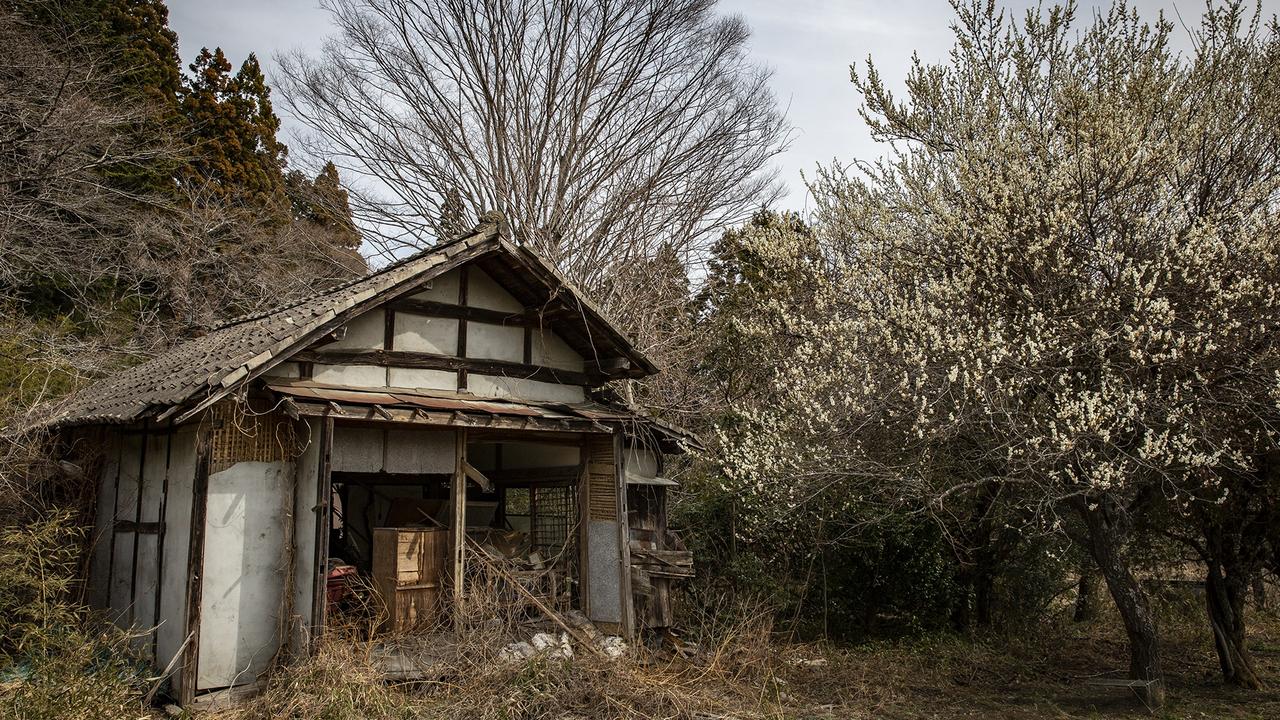
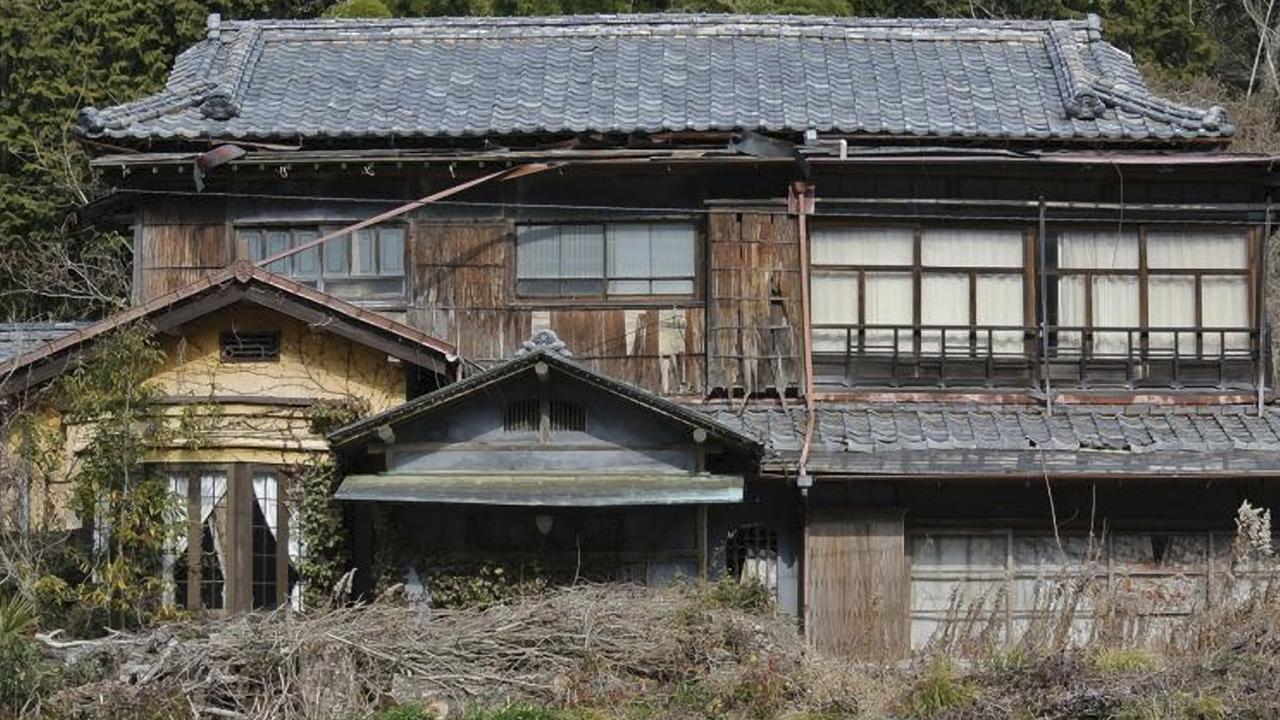
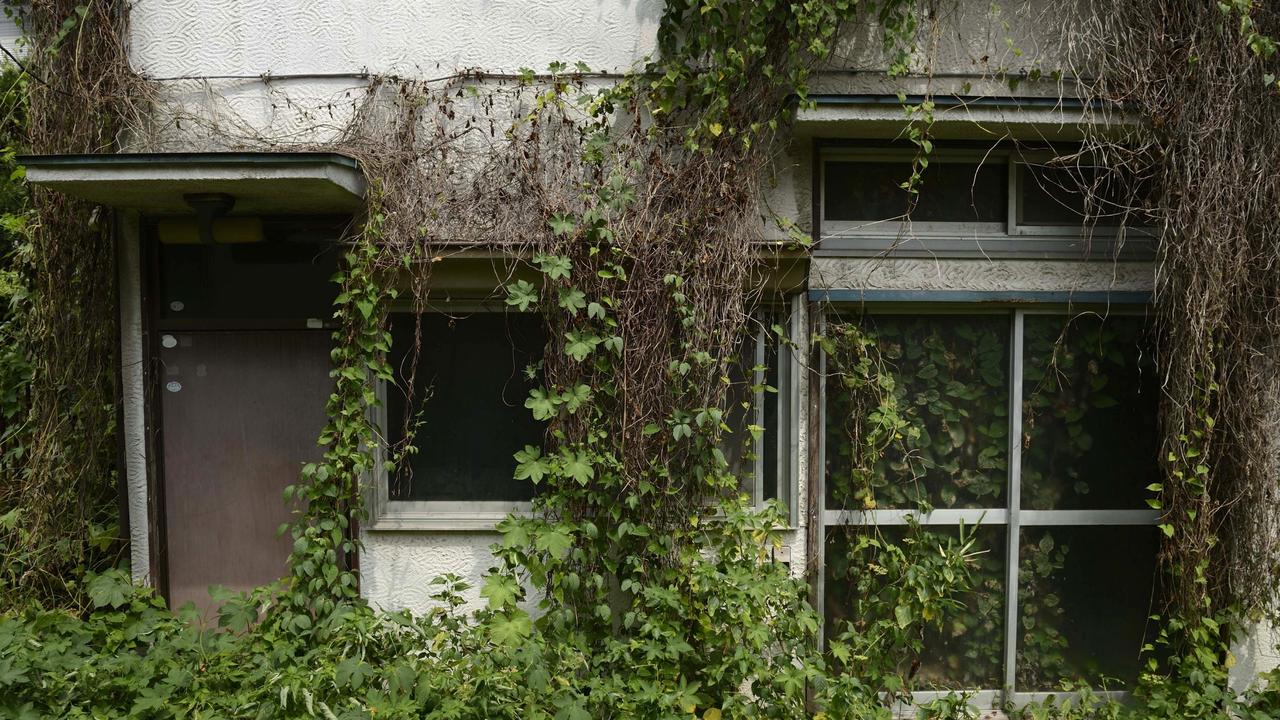
Home abandonment been an issue in Japan for many years, but this week the government has laid bare the scale and worsening nature of issue.
Figures released on Tuesday show the number of empty houses, as of October 2023, was up by more than half a million since the previous survey in 2018.
It means the number of vacant houses has now reached nine million — enough to house the entire population of Australia at three people per dwelling.
Worryingly, the issue is no longer confined to the small towns and villages of rural Japan. Akiya are now cropping up in major cities, such as Tokyo and Kyoto.
“Most of these houses are empty because nobody wants to live in them,” Mr Hall said. “They are in areas with few jobs, few shops, few hospitals, and few tourist attractions.
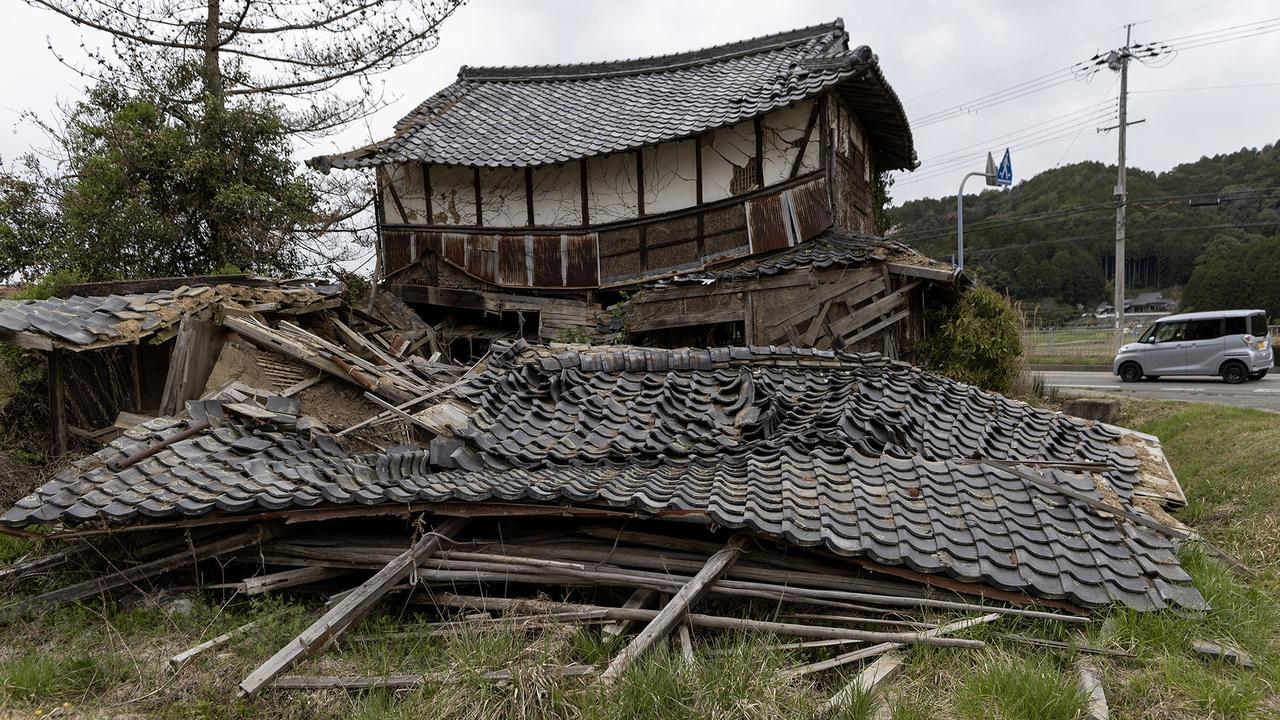
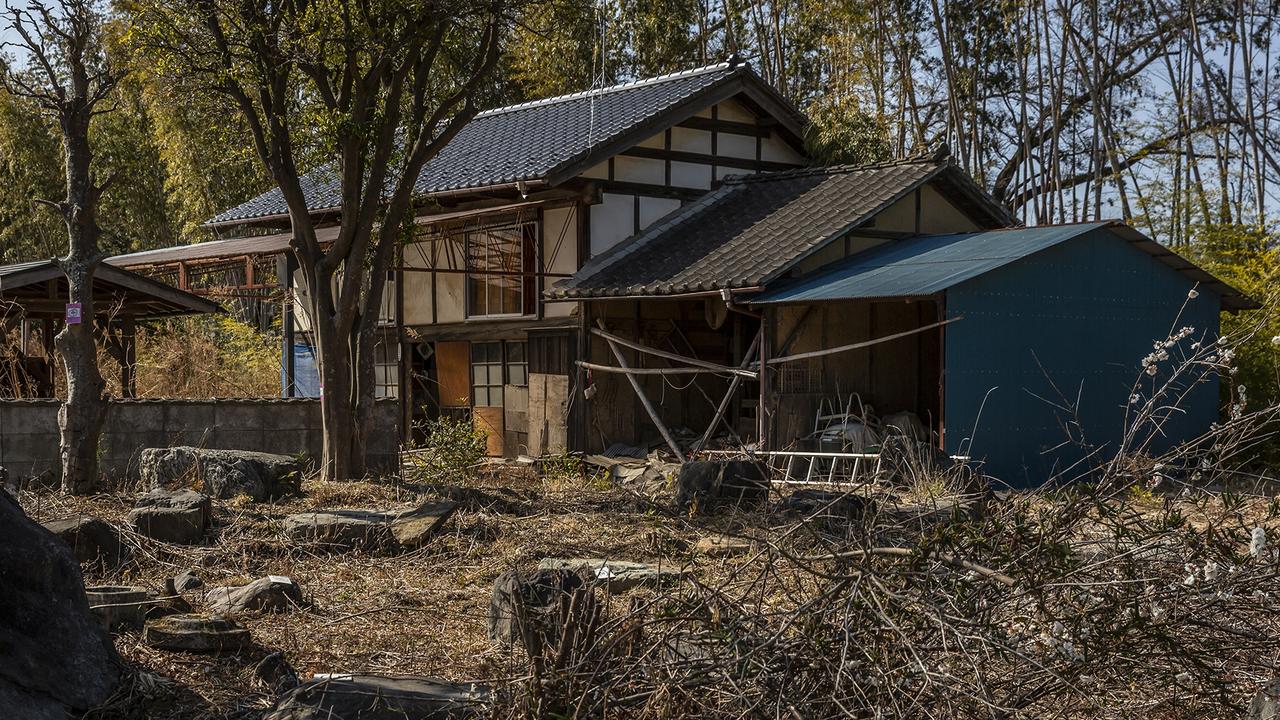

“People who inherit old rural houses often don’t even want to file the paperwork to become the new owner because of the financial hassle of having to pay extra taxes for a property that can’t be easily sold.”
The latest figures from Japan’s Ministry of Internal Affairs and Communications showed 14 per cent of the nation’s residential properties are now vacant.
This includes second homes and those left empty for other reasons, including properties temporarily vacated while their owners work overseas.
It is feared the actual number of abandoned homes could be even higher. The Nomura Research Institute estimates there are nearly 11 million akiya and that they could account for more than 30 per cent of all houses in Japan within a decade.

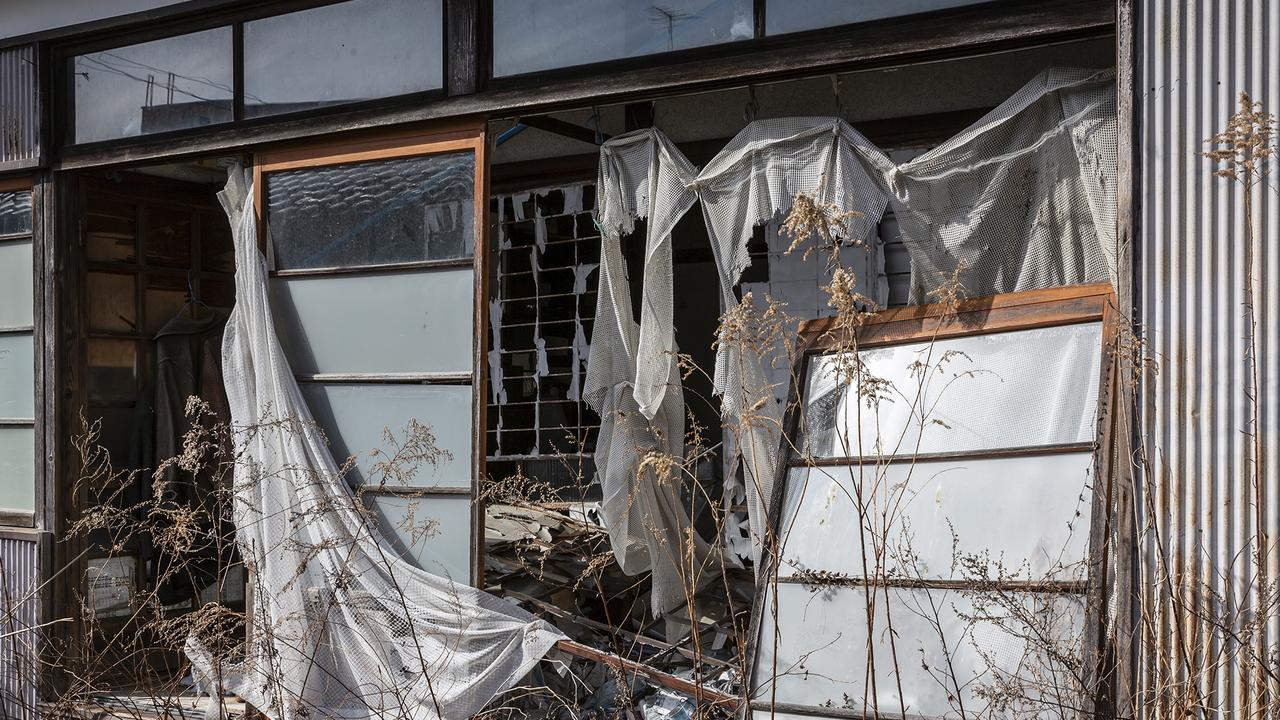
By comparison Australia’s 2021 Census revealed that 10.1 per cent (1,043,776 homes) of the nation’s 10,318,997 private dwellings were unoccupied on the night of the census. The rate hasn’t really changed since 2006.
‘Fantasy’: Warning as Aussie snaps up $20k home
With the cost of living crisis biting and house price increases showing no signs of slowing down, you’d be forgiven wondering whether a fixer-upper in rural Japan could be an easy first step on the property ladder.
Some Aussies claim to have found success in buying akiya and doing them up. One woman who documented her journey on YouTube said she bought a $20,000 home in the Wakayama area, which is around an hour south of Osaka. The 100 square-metre, two-storey house was built in the 1980s.
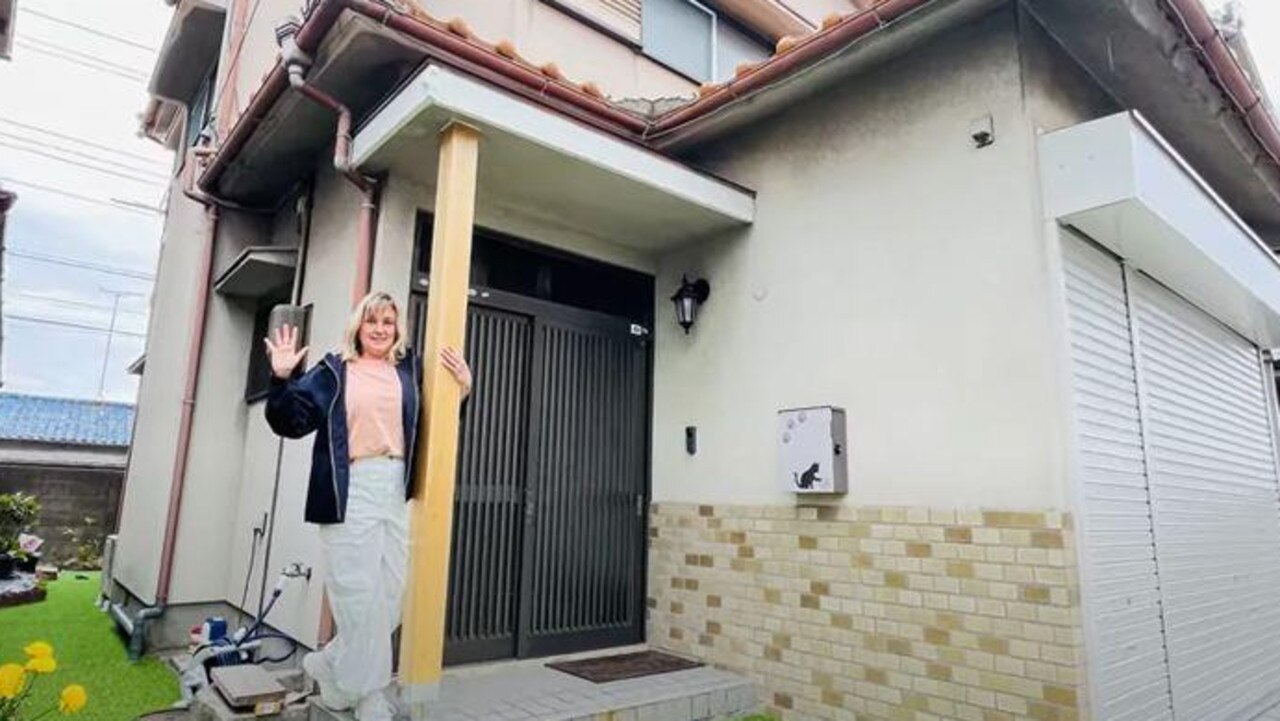
However, Mr Hall warned that you really have to know what you are doing or you may get stung.
“Some English-speaking social media content creators have spread a fantasy about millions of beautiful old Japanese homes that foreigners can pick up for cheap and easily convert into vacation homes,” he said.
“This is not the case for most akiya. Buyers who don’t carefully research the property, local area, and tax rules could end up paying far more than they expected.”
Buying a property in Japan can be also be difficult if you don’t speak Japanese. Chani, the Aussie who snapped up the $20k home, said most Japanese real estate agents did not speak English and preferred to do business in person at a slow pace.
Major threat hiding in homes
While they may just look like an eyesore, there is a real problem lurking in the increasing number of akiya strewn throughout Japan.
Authorities have stepped up calls for owners to demolish, sell or repurpose properties and have enacted a law designating more buildings as subject to official warnings.
One of the main concerns is that the homes pose a danger to residents during natural disasters like earthquakes — which Japan has a large number of — and challenges for post-quake reconstruction.

Authorities fear the crumbling homes will block evacuation routes as they break down in a disaster.
“Old wooden homes are a safety hazard in a country so prone to earthquakes. Mr Hall said. Japanese consumers are very aware of the fact that old buildings can collapse during earthquakes.
“For years it has been the norm for new property owners to tear down old houses and build new ones. A lot of older homes were built with the expectation that they’d be torn down and replaced after a generation or two.”
Australia pushing to increase birthrate
Akiya are just one of many issues facing Japan as its population dwindles.
Births in dropped to a new low in 2023, government data showed in February, with the country recording more than twice as many deaths as new babies.
The number of babies born last year fell to the lowest since records began in 1899, as the government warns the next six years to 2030 may be the country’s “last chance” to reverse the trend.
Births fell for the eighth straight year to a new record low of 758,631, a 5.1 per cent decline on 2022, marking the lowest number of births since Japan started collecting statistics 125 years ago.
Marriages fell 5.9 per cent to 489,281, falling below half a million for the first time in 90 years, the Associated Press reported.
The low number of marriages is one of the key reasons for declining births as out-of-wedlock babies are rare in Japan, with younger Japanese reportedly blaming high cost of living and lack of job prospects for their decision to put off marrying and having families.
All this means Japan’s birthrate of 1.3 leaves the nation vastly adrift of the 2.1 needed to maintain a stable population.
Australia’s low birth rate, of 1.7, is also of concern to the Albanese government.
On Friday, treasurer Jim Chalmers has hinted at measures to bolster the nation’s birthrate in the upcoming May budget, but has ruled out lump-sum payments akin to the Howard government-era baby bonus scheme.
Australia’s recent surge in population growth, buoyed by a soaring migration intake, has become a hot button political issue, and has led to calls for the government to bolster natural population growth rather than solely rely on international arrivals.

Dr Chalmers, himself a father of three, on Friday flagged additional support in next Tuesday’s budget for Australian families to have more children if they wished.
“I know that people will make their own choices and I don’t pretend for a moment that the government should direct those choices, but we want to make it easier for people to have bigger families if they want to,” Dr Chalmers said.
Asked if the further support would mirror the now-dumped baby bonus, a program established in the 2004 budget by then-treasurer Peter Costello, Dr Chalmers said the government believed there were other options to give families more opportunities to grow.
“We found a better way to support people who make that choice,” he said.
The Treasurer also pointed to existing measures the government had announced which were designed to give people greater flexibility when planning for children.
“We’re making these enormous investments in early childhood education,” Dr Chalmers added.
“We can expand paid parental leave and pay the superannuation guarantee on that paid parental leave.”
— with Frank Chung and NCA Newswire






